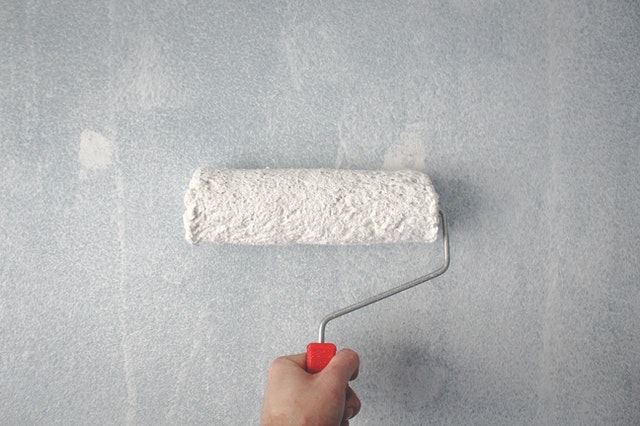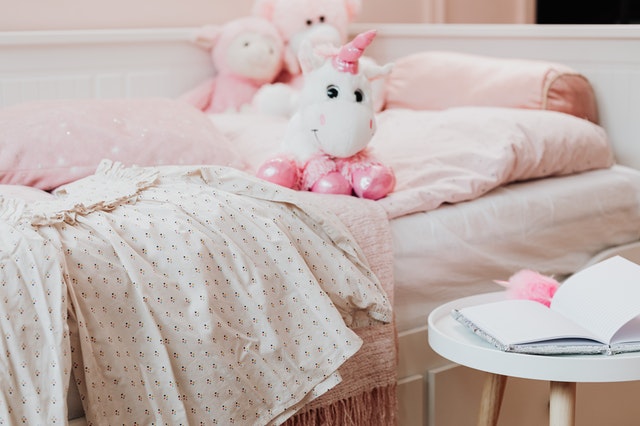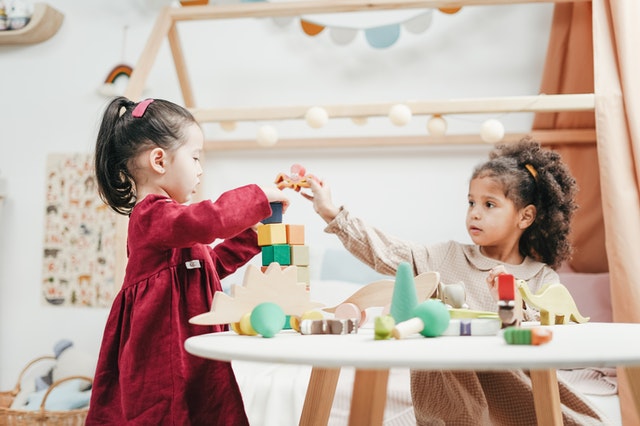Whether you’re planning a remodel or moving to a new place, designing a bedroom for your kid is not something you should take lightly. This will be the room where your child will grow up, where they’ll play every day, and where they’ll bring friends over.
And although kids change their preferences when it comes to colors and designs pretty often, you wouldn’t want to have to keep remodeling and updating your child’s room every year.

Table of Contents
1. Invest In Furniture That Will Stand The Test Of Time
When designing a room for your little one, it’s easy to get distracted by cute nursery decor. However, the charm of those items much outweighs their usefulness. For example, although a racecar bed might look cute for your toddler and your kid absolutely loves it, they will grow out of it pretty soon.
After a few years, your child will start finding things they used to like to be too childish, and you will find yourself back in the store. That’s why you should instead seek furniture that you can picture yourself having for many years.

2. Select A Neutral Color Palette
You might be tempted to use gender-specific colors or accessories while creating your child’s first room. If you do that, keep in mind that you might be repainting that room in a few years. Moreover, even if your kid tells you what color they want their walls to be, think about it more before saying yes.
Kids’ favorite colors vary all the time, so it might be best to choose a neutral wall color that will work with their changing preferences. For example, although they prefer red right now, they might hate their walls in a few years. That’s why it’s best to go with the neutrals. A bright white bedroom is a terrific backdrop for colorful paintings and accessories.
Neutral wall colors, such as greige, gray, white, or cream, are the best option if you want to design a bedroom that grows with your child. Even when your kid enters their tween and adolescent years, they’d still like their walls and furniture to remain neutral.
If you’re planning to renovate your kid’s bedroom in your new home, experienced movers behind getmovedtoday.com recommend painting the walls and designing the room before the relocation. That way, you’ll have a lot less work to do after the moving day.

3. Let Your Child Express Themselves With Accessories And Decor
It might be enticing to give your child’s bedroom a decorative theme. For example, if your kid is into princesses, you may feel like a nice princess/fairytale style would look cute. But what happens when your child grows up, enters their rebellious phase, and decides they now hate pink, princesses, and everything remotely close to it?
Well, chances are, you’re going to have to remodel that bedroom. However, when you pick a natural base and only decorate your child’s room with things that can be replaced as they get older and their interests shift, you won’t have to plan an entire renovation.
4. Pick Area Rugs Carefully
If you want to design a bedroom that grows with your child, skip the Barbie and toy-truck carpets. Instead, spend more time picking a carpet that is more neutral. For example, it’s a good idea to choose rugs that have traditional stripes, geometric motifs, or oriental patterns.
These timeless styles will appeal to your children as they get older, and they will make it simple for you and your child to design the rest of the room around them.

5. Don't Forget About Storage Spaces
While your kid is still an infant, most of their clothing can fit inside a small cabinet. However, this will change as your child grows in size and accumulates more stuff. Moreover, they also need storage space for toys and then even space for their books and school supplies.
That’s why storage space in your child’s bedroom must be adaptable and able to handle a wide range of personal belongings. A good idea is to add bi-level rods or clever organizers to closets, desk cabinets, under-drawers, or window seats.
With all this available storage space, you can start teaching your child how to organize their stuff and keep their room clean.
6. Get Your Child Involved
Because your child will be spending the majority of their time in their bedroom, it’s vital that they feel at ease there. That’s why, with all these suggestions in mind, it’s essential you still compromise with your child.
When discussing designing their bedroom, start by telling your kids that, while their rooms are their place, they are still a part of the house. Don’t be hesitant to state clearly which topics you’re willing to discuss and which are off-limits. Keep in mind, though, that the happier your child is with their area, the less likely you’ll be forced to renovate it soon.
Furthermore, if you’re moving into a new home, it will help them adjust to the new place if they have a say in the design of their room. If they get to pick out furniture and decor with you, they’ll feel more at home than if they just walk into a fully decorated new room. Letting them decorate is only one of the ways you can support them through this change.
Moreover, you should also talk about everything with your kid and prepare them for the move in advance.
Final Thoughts
At the end of the day, you’re designing your child’s room for them, not for yourself. They are the ones who will be spending time in it, so don’t worry if it doesn’t perfectly match your style.
With our tips, you can design a bedroom that grows with your child and still lets them express themselves.
